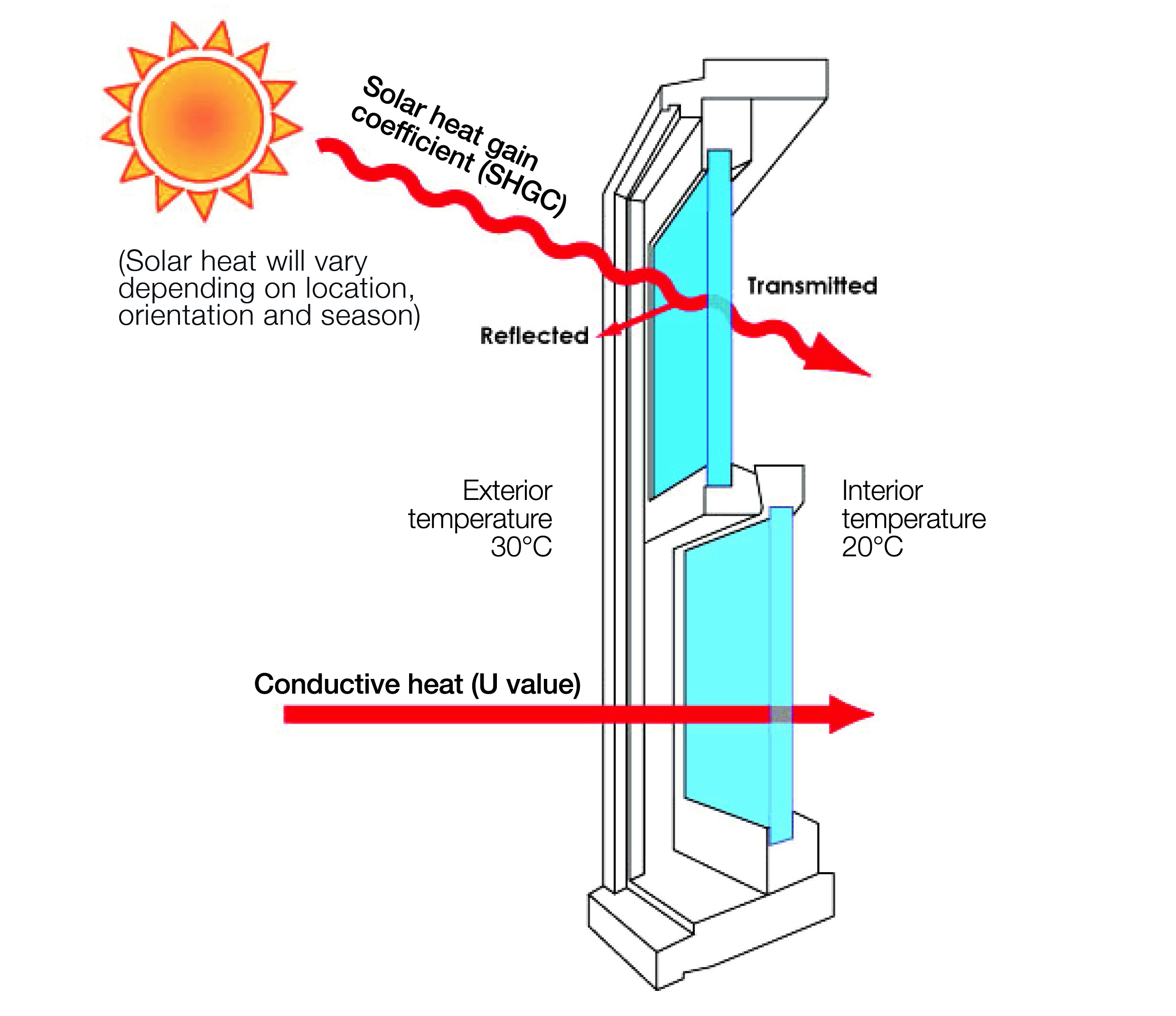All Categories
Featured
Table of Contents
Energy Efficient Windows: Choose The Best Option For Your ... in Bellevue Perth
Glazing merely indicates the windows in your house, consisting of both openable and fixed windows, as well as doors with glass and skylights. Glazing in fact simply means the glass part, but it is normally utilized to refer to all elements of an assembly consisting of glass, films, frames and home furnishings. Focusing on all of these elements will assist you to accomplish effective passive design.

Energy-efficient glazing makes your home more comfortable and significantly minimizes your energy costs. Unsuitable or badly designed glazing can be a major source of undesirable heat gain in summer and considerable heat loss and condensation in winter. Up to 87% of a home's heating energy can be acquired and as much as 40% lost through windows.
Double Glazed Windows Melbourne - Upvc - German ... in Trigg Western Australia
Glazing is a substantial investment in the quality of your home. The expense of glazing and the cost of heating and cooling your home are closely associated. An initial investment in energy-efficient windows, skylights and doors can considerably reduce your yearly heating and cooling expense. Energy-efficient glazing likewise reduces the peak heating and cooling load, which can lower the needed size of an air-conditioning system by 30%, resulting in additional cost savings.

This tool compares window selections to a base level aluminium window with 3mm clear glass. Comprehending some of the crucial homes of glass will assist you to choose the best glazing for your home. Secret residential or commercial properties of glass Source: Adjusted from the Australian Window Association The amount of light that goes through the glazing is known as visible light transmittance (VLT) or noticeable transmittance (VT).
Glass & Glazing - Easy Windows Upvc Double & Triple ... in Dalkeith WA
The U value for windows (expressed as Uw), describes the conduction of the whole window (glass and frame together). The lower the U value, the greater a window's resistance to heat circulation and the much better its insulating value.
If your house has 70m2 of glazing with aluminium frames and clear glass with a U value of 6. 2W/m2 C, on a winter season's night when it is 15C cooler outside compared with inside, the heat loss through the windows would be: 6. 2 15 70 = 6510W That is equivalent to the overall heat output of a large space gas heater or a 6.
Stay Cool This Summer With Double Glazed Windows - Aaa Glass in Cottesloe WA

If you select a window with half the U value (3. 1W/m2 C) (for example, double glazing with an argon-filled gap and less-conductive frames), you can cut in half the heat loss: 3. 1 15 70 = 3255W The solar heat gain coefficient (SHGC) for windows (revealed as SHGCw) determines how easily heat from direct sunlight streams through an entire window (glass and frame together).
The lower a window's SHGC, the less solar heat it sends to the house interior. The real SHGC for windows is affected by the angle that solar radiation strikes the glass.
Benefits Of Double Glazing Low-e in Langford Western Australia
When the sun is perpendicular (at 90) to the glass, it has an angle of incidence of 0 and the window will experience the maximum possible solar heat gain. The SHGC declared by glazing manufacturers is always determined as having a 0 angle of incidence. As the angle increases, more solar radiation is reflected, and less is transmitted.
Table of Contents
Latest Posts
Fitting A Cabin In Your Garden? Get Double Glazing Fitted Too in Connolly Perth
Brisbane's Best Double Glazed Windows in Stirling Western Australia
Twinglaze® Double Glaze Specification Act - Vic in Bickley Western Australia
More
Latest Posts
Fitting A Cabin In Your Garden? Get Double Glazing Fitted Too in Connolly Perth
Brisbane's Best Double Glazed Windows in Stirling Western Australia
Twinglaze® Double Glaze Specification Act - Vic in Bickley Western Australia